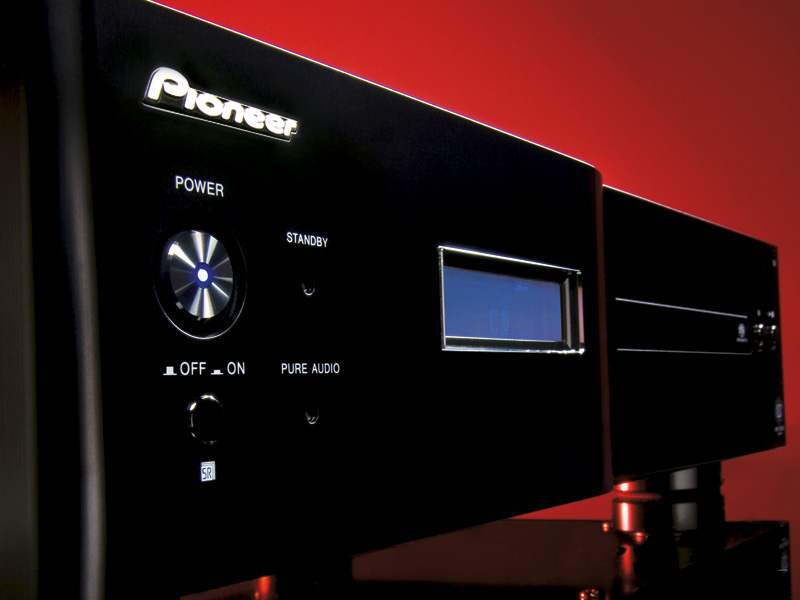Why you can trust TechRadar
We had quite a long review period with this player, which gave us a chance to try it with tracks familiar and unfamiliar on both CD and SACD. By and large, we had a thoroughly enjoyable time with all of them.
This is a player that enjoys its music and isn't unduly fussy about what kind it is asked to deal with. It's not entirely devoid of opinions, though... It's at its best with recordings that could be described as 'civilised'.
Classical, of course, is the obvious example, but plenty of jazz, pop, country and even rock recordings have been made with an emphasis on clarity and cleanliness. With recordings that are more inclined towards blatant overload and sheer noise (think punk and anything in that direction), we found the D9 to be a shade timid, as if embarrassed to replay such an aural assault.
Since a replay device is meant to be neutral, this counts as a limitation, but given all the other things this player does so well, it's not a huge drawback.
For a start, there's an excellent sense of involvement in the music, a feeling that the musicians are getting stuck in and, moreover, are right there in front of you. Not, we hasten to add, any closer than they should be.
Imaging is natural in both width and depth and extends to a considerable distance. Tonally, the player is very close to neutral, though we felt the bass may be just a touch more present than the ideal. It's not so much that its level is lifted – rather that it isn't amazingly well controlled and can, thus, sometimes seem slightly overdone. Then again, most listeners will probably prefer that to lean and thin – we certainly would.
Pitch definition is excellent at low frequencies and the upper bass has plenty of kick, so it's never less than enjoyable. Midrange is lovely, with a beautifully even handed approach to the tonal qualities of different instruments and voices.
That said, the 'Legato Link' filter seems to have some effect on this, slightly favouring the higher midrange so that bright instruments and female voices are a little more present. At the same time, Legato Link brings with it a slight veiling of detail and also a subtle reduction in the scale of images.
Overall, it may make the sound more immediate, but we were unconvinced and preferred the sound with the normal filter-in service. As for treble, it is open and nicely balanced between sparkle and control.
Funnily enough, given that the most obvious differences in technical performance between digital filters are found in the treble, we found it much the same with either normal or Legato Link selected. Perhaps the latter is ever so slightly more delicate, but it's a very close call.
We've mentioned detail briefly, but that's perhaps the most appealing aspect of this player. With good recordings, it is unusually adept (within its price range) at finding detail and presenting it coherently as part of a bigger picture. As a result, there's more than a hint of that classic high-end trait, the ability to hear just as much or as little detail as one wants, without any effort on the part of the listener.
Detail can be something of a double-edged sword for some listeners, as in some cases it seems to come at the expense of overall integration. We didn't at all feel that to be the case here, though. on the contrary, the D9 always keeps detail in proportion to the musical whole.
We listened to a few opera tracks and were struck by the way this most complex of musical forms was always homogenous and dramatic, but still clearly composed of individual voices and instruments. It's a bit like the ornate front of a cathedral – you can admire its outline from a distance or walk up close and appreciate the details of the stone-carvers' art.
We wouldn't suggest that the D9 is without peers in this regard, but for the sheer technical brilliance of its performance, it is one of the best we've encountered short of the expensive high-end. As such, it clearly makes a strong case for itself and we welcome it warmly.
Follow TechRadar Reviews on Twitter: http://twitter.com/techradarreview
